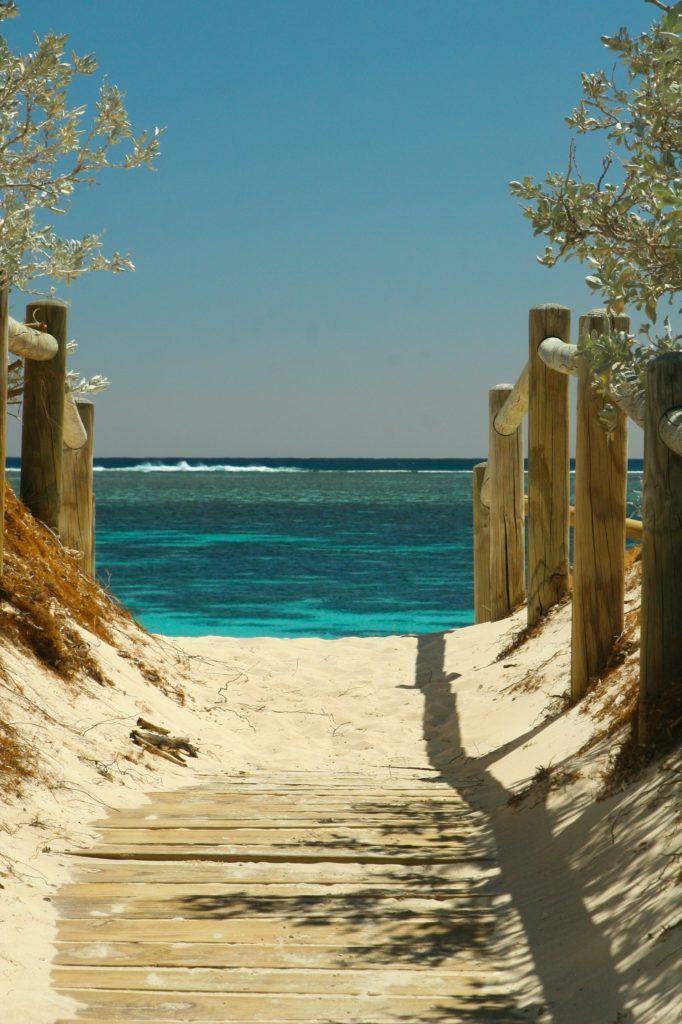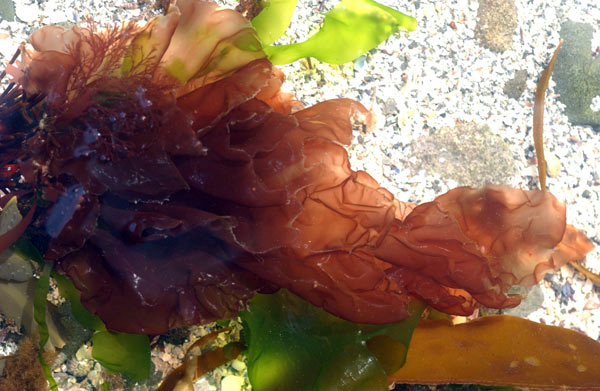Seaweed Sunscreen Review – Here’s the Seaweed SPF Science
After much research, Seaflora has researched the Seaweed SPF Science for Sunscreen and is developing an all natural sunscreen, using seaweed’s MAAs as the UV protection agent. Wondering how this is possible? Sunscreens without toxic ingredients are hard to find. That’s why Seaflora is working so hard to provide you with a healthy, ocean loving alternative, using the superpowers of seaweed. Read on to learn the science behind this revolutionary discovery!

Why are Most Sunscreens Toxic?
The skin is the body’s largest organ. Absorbing up to 60% of what sits on it’s surface, it is important that we know the ingredients of anything we apply to our bodies. Some ingredients can harm us internally just as they might harm us externally. And that’s not all, these chemicals also have a negative impact on the environment, adding to the destruction of the fragile coral reef environments across the globe. Sunblock ingredients often include main ingredients like zinc oxide or titanium oxide. These are typically safer options for sensitive skin. Chemical sunscreen penetrates the skin and absorbs UV rays before they can damage it. The most common ingredients in these sunscreens include avobenzone, oxybenzone and PABA (para-aminobenzoic acid), which are not so safe. The most common sunscreens contain chemical filters. According to the EWG, these products typically include a combination of two to six of the following active ingredients: oxybenzone, avobenzone, octisalate, octocrylene, homosalate and octinoxate. Want to learn more? Check out the EDW toxicity ratings for all of these ingredients here. For a complete guide on all your skincare ingredients, check out their full site here.
What is Seaflora Doing to Create an All-Natural Formula?
A team of scientists in London at King’s College extracted a substance called palythine – a sort of natural sunscreen – from seaweed. The substance (known scientifically as a mycosporine-like amino acid or MAA) is found in organisms that live in shallow water, in places where sunshine is plentiful. Research has determined that mycosporine-like amino acids derived from the red algae Porphyra, are nature’s strongest UV-absorbing substances. MAA’s have strong UV-absorption at 310 nm and were chemically identified by Favre-Bonvin et al.
Porphyra is a red algae that lives in shallow water or the beach, where it is subjected to high UV radiation. It creates the most active UV-absorbing compounds on the planet. Seaflora is working on a UV-screening compound that is both natural and safe. It is appropriate for daily use and protects the skin from photo-aging.

Many places in the world, including our Canadian West Coast, contain large amounts of macro-algae which synthesize varied amounts of mycosporine-like amino acids, “sun-protective compounds”. These compounds were tested in a study lead by Mr. Saurabh Bhatia et al., posted in the US National Library of Medicine. It was identified when a sunscreen formulation was made using this seaweed. Its potential, when compared with marketed Aloe vera gel, was evaluated by in vitro sunscreen protection method. This method determines the effectiveness of sun care products. It was observed that sunscreen potential of Porphyra was approximately 5-fold greater than that of the Aloe vera gel.
Seaweed’s Unique MAAs Proven Efficiency for SPF Sunscreen Protection
In vitro – outside of a living organism
- Reduction of UV-induced DNA damage in fibroblasts
In vivo – within a living organism
- Increase in skin firmness and smoothness despite UVA irradiation
- Decrease of wrinkle depth despite UVA irradiation
- Inhibition of lipid peroxidation despite UVA irradiation
- SPF boosting effect in a sunscreen formulation
Benefits
- A natural UVA protection factor for everyday
- Protects the skin against premature aging signs
- Prevents the appearance of lines, wrinkles and other signs of photo-aging
- DNA-protection
Not only these, but seaweed also contains all the minerals your body needs to function properly. With an abundance of vitamins and essential trace elements, all seaweeds act as a versatile ingredient for anything skincare. Check out our blog on 7 Ways Seaweed Helps in Skin Repair for more info!
Want to be the first to know when Seaflora’s SPF Sunscreen is available? Sign up for our Newsletter today!



